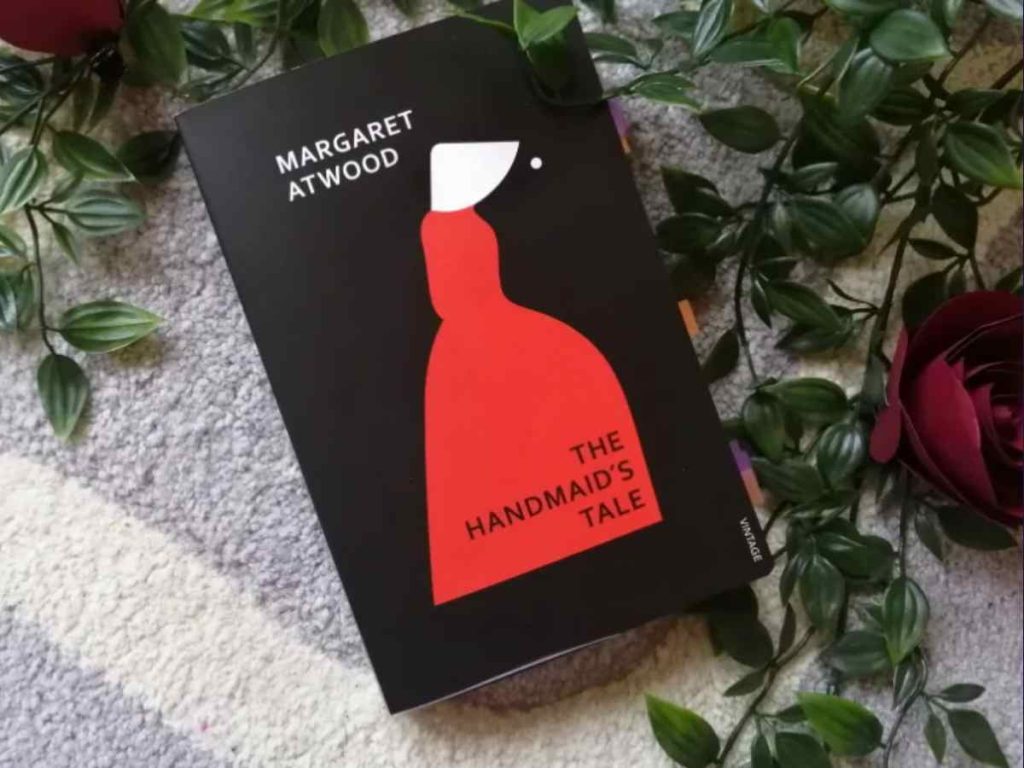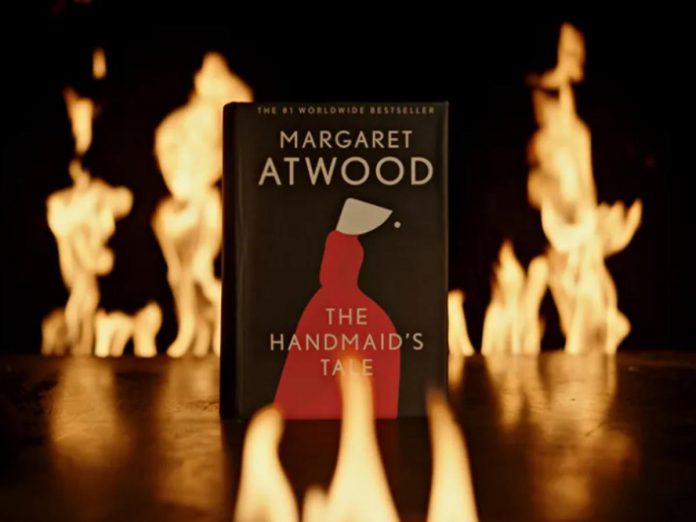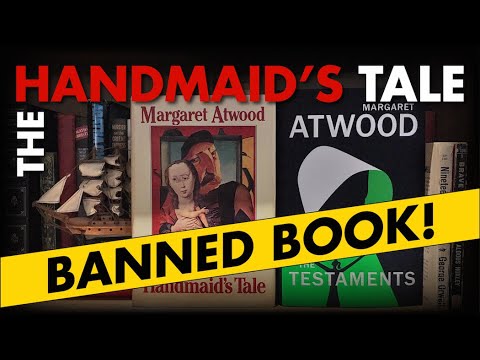Margaret Atwood’s ‘The Handmaid’s Tale‘ is a globally acclaimed and highly celebrated feminist piece of literature. However, the book stands banned in some countries as well as educational institutions. But what are the exact reasons behind the book getting banned?
Despite being one of Atwood’s most successful works, the themes it has covered are considered unconventional and sharp. Set against a dystopian backdrop, the book focuses on several issues in a very stark manner and critiques the authorities in power as well.
Related: ‘The Handmaid’s Tale’ Season 5 Trailer: June Declares War Against Gilead And Serena
‘The Handmaid’s Tale’ Is Set In A Dystopian World

The most prominent factor that contributed to the ban was the portrayal of government oppression, especially in terms of women’s reproductive rights. The story of the book is set in the Republic of Gilead and navigates through the curbing of personal freedom under the government there.
Though it is a fictional book, the depiction of the government in the book has stark similarities with regimes in some countries. Moreover, the novel also delves into some bold themes like sexual content, religion, and misogyny.
In case you missed: ‘The Handmaid’s Tale’ Season 5 Is Coming: Everything You Need To Know
Other Books Similar to ‘The Handmaid’s Tale’ Were Also Banned

Some graphic details of rape and sexual violence in the book also add to it. The story also factors in the portrayal of religion as a tool of oppression.
Along with ‘The Handmaid’s Tale’, some other banned books such as ‘1984‘ and ‘Brave New World‘ have also covered similar themes. Though the book has faced and conquered its own fair share of challenges, it continues to remain an imperative and powerful piece of literature that sparks discussions on issues like governmental control, gender oppression, and societal norms.
You might also like to read: Alexis Bledel Says Goodbye To ‘The Handmaid’s Tale’ Ahead Of Season 5






